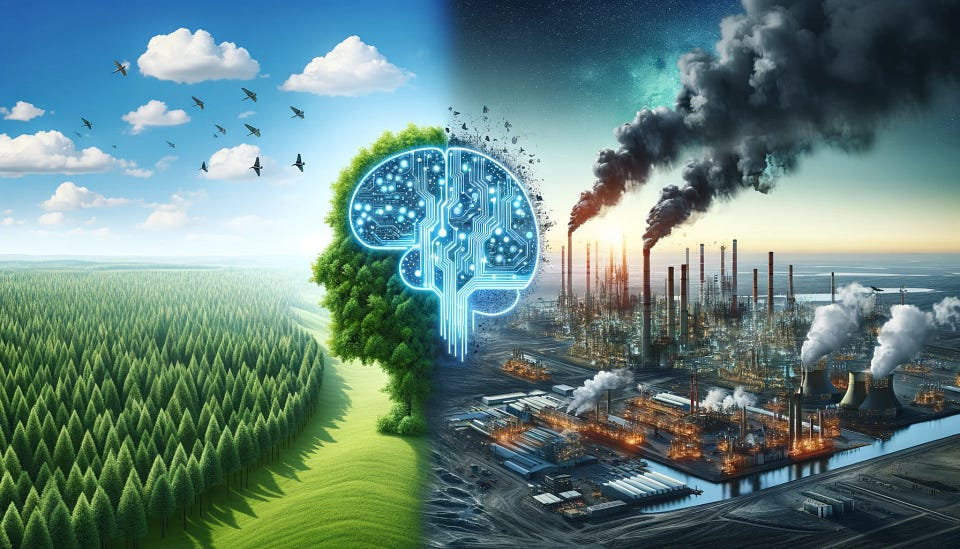Artificial Intelligence (AI) is transforming the world at breathtaking speed. It is also emerging as a powerful tool to confront some of the greatest environmental challenges facing humanity.
AI‑equipped systems can analyze enormous datasets, detect patterns, and forecast trends enabling governments, organizations, and citizens to make eco‑friendly decisions. Its role in fighting global warming, climate change, and pollution has raised genuine hope.
From December 8 to 12, 2025, the seventh United Nations Environment Assembly (UNEA‑7) will
convene at the United Nations Environment Programme (UNEP) headqurters in Nairobi, Kenya.
Under the theme “Advancing Sustainable Solutions for a Resilient Planet,” delegates will debate not only AI’s potential but also its energy consumption and environmental footprint. It is a timely moment to reflect on how technological advances can be harnessed for sustainability rather than harm.
Yet the advantages of AI are shadowed by an environmentally unfriendly lifestyle. Most AI technologies rely on data centers massive consumers of power and water, built with rare minerals often mined unsustainably. These centers generate electronic waste that can be toxic if improperly disposed of. The rapid expansion of AI has spurred a boom in new data centers worldwide, increasing resource use, greenhouse gas emissions, and environmental strain.
AI is also carbon‑intensive beyond data centers. AI‑powered vehicles, energy‑hungry applications, and unintended behaviors within the AI ecosystem pose fresh challenges. At the same time, AI‑generated misinformation threatens public understanding of climate and environmental issues, complicating the path toward sustainable solutions.
Aware of these hazards, UNEP has
published guidance highlighting AI’s environmental impact and offering steps to ensure its responsible use. Recommendations include measuring AI’s ecological footprint, enforcing disclosure obligations for AI products, improving algorithmic efficiency, converting data centers to clean energy, and integrating AI policies with broader environmental regulations. These measures aim to keep AI’s overall effect on Earth positive.
AI will continue to revolutionize society with or without external help. But its unchecked growth risks aggravating existing environmental problems. Balancing innovation with sustainability requires governments and technology companies to set policies that prevent AI infrastructure from worsening climate change or depleting scarce resources.
AI is undeniably a core driver of social development. Yet it demands both innovation and responsibility. Achieving a balance between the miracles AI promises and its ecological impact is not just a technological challenge it is an environmental call of utmost importance.
In the end, AI can only be a blessing for the planet if its power is harnessed responsibly, ensuring that technology serves humanity and safeguards the Earth.
Follow us on WhatsApp for real time updates, community voices, and stories that matter.
